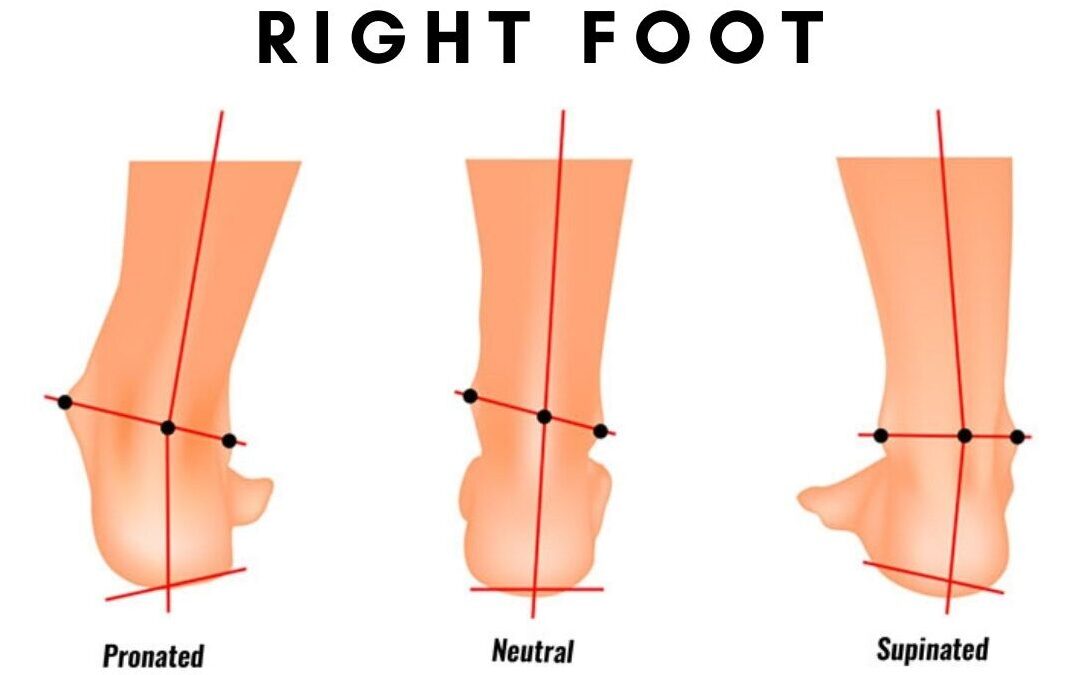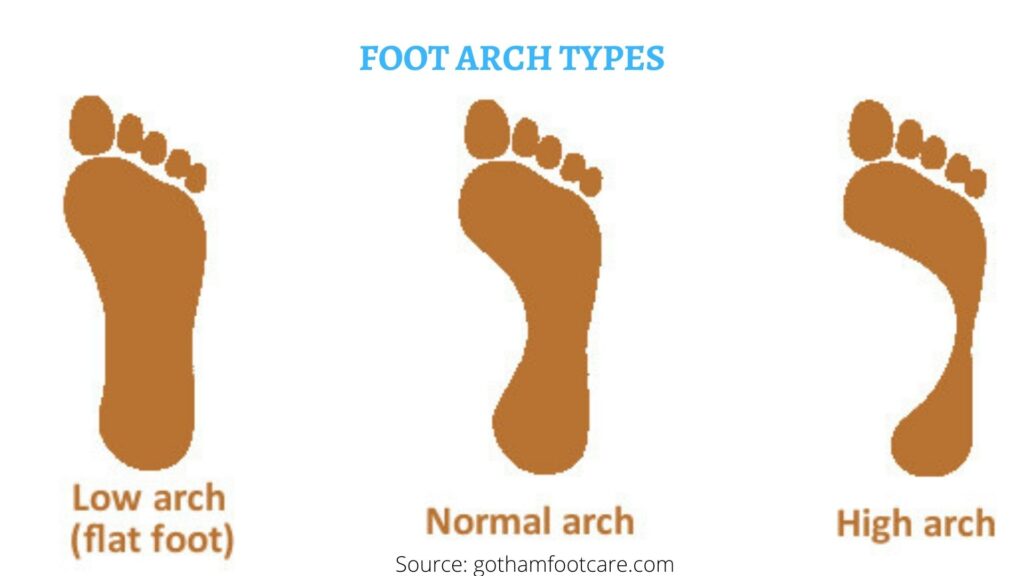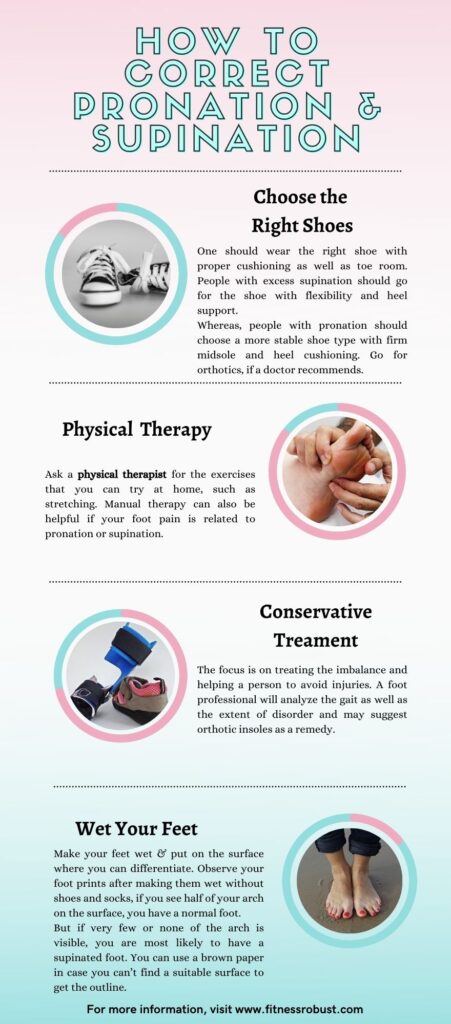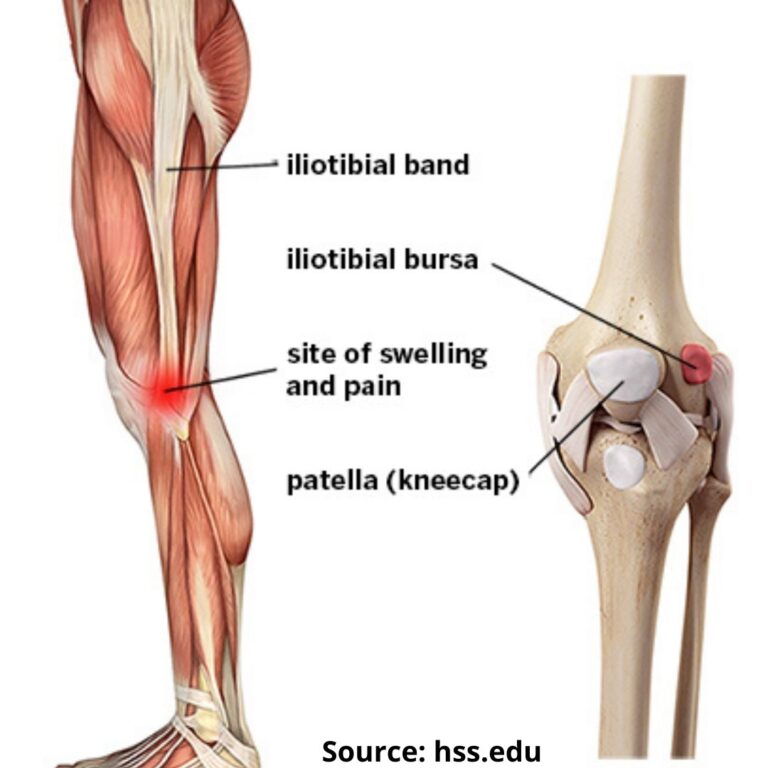If you’ve ever noticed your foot moving inwards or outwards naturally & don’t know what it is, this is known as over pronation and supination.
As per the study, more than 80% of the people in United States of America feel pain in their feet for some reason at some point in their lives.
Have you ever noticed the shape of your shoes?
Does your shoe flatten up from a particular side?
Have you ever thought of the possible root for this?

| Table of Contents |
|---|
| What is Pronation? |
| What is Supination? |
| Causes of Pronation & Supination |
| Remedies for Correction |
| Frequently Asked Questions |
Also Read- Common Foot Injuries after Running
What is Pronation?
When your weight tends to be more on the inner side of your foot while making a move is precisely called pronation. People with flat-feet mostly experience pronation. Although, slight pronation is neutral as your feet rolls inward, but excessive rolling is a problem. People having pronated feet could feel pain in back, hip or knee.
What is Supination?
When your weight while walking tends to be more on the outer side of your foot, that is known as supination. Chances of frequent ankle twists & injuries are higher in people with supinated feet. Besides, uneven wear on the outer side of the shoes can be noticed.
Usually supination is not found in many people, it is estimated that not more than 10% have this condition.
Both these conditions depend on the weight and gait of a person.
Related Post- Forearm Supination
Extreme Conditions– Pronation and Supination of Feet
If your shoe shows uneven wear on the outer side of the sole it is a sign of excess supination or under-pronation results in overstraining of ankles, shin splints, and feet-ache specifically in heels.
On the other side, if your shoe shows uneven wear on the inner side of the sole, it is a sign of pronation or over-pronation which leads to pain in the ankle, heel, arch, shin, knee, hip, and back.
Causes of Pronation & Supination
By Birth
These problems are being noticed in a bunch of people since their birth. One can notice with feet which show low or high arches or uneven leg lengths. The understanding between pronation and supination can be quite visible.

Injuries
You are making way for such conditions if you are ignoring your discomfort. Soreness, Sprains, twists, leg, hip, knee, or back pain are few instances of ignoring discomforts. Rest is the only solution in this situation. But, resting does not remove this problem completely. In a situation like this, gait adjustment can be really helpful.
Related Read: Walking Vs Running Vs Cycling
Lifestyle in Pronation and Supination of Feet
People could adept such a condition if they are standing for a longer duration on feet. While adjusting their position, either of the two conditions can be experienced. Also, gain or loss in weight while exercising could contribute to uneven gait.
Remedies for correction– How to Fix?

Choose the Right Shoe
One should wear the right shoe with proper cushioning as well as toe room after understanding the difference between pronation and supination. Shoe with good stretch & heel support is highly suitable for people with excess supination.
Whereas, people with pronation should choose a more stable shoe type with firm midsole and heel cushioning. Go for orthotics, if a doctor recommends.
Physical therapy– Pronated vs Supinated Feet
Ask a physical therapist for the workouts that you can try at home, such as stretching. Your foot pain related to pronation or supination could be healed with manual therapy.
Conservative treatment
The focus is on treating the imbalance and helping a person to ignore injuries. A foot professional will analyze the gait as well as the extent of disorder and may suggest orthotic insoles as a remedy.
Related Post: Health benefits of Running Daily
Wet your feet– Pronation Vs Supination
Make your feet wet & put on the floor where you can differentiate. Observe your foot prints after making them wet without shoes and socks. You may have a normal foot if you see half of arch on the surface or floor.
But if very few or none of the arch is visible, you are most likely to have a supinated foot. You can use a brown paper in case you can’t find a suitable surface to get the outline.
Frequently Asked Questions– Pronated Vs Supinated Feet
Checking the flattening of shoes will help a person know about pronation and supination. If your feet bend outside while walking, you are more like to have a supinated foot. Whereas if the feet bend inside, it is the case of pronation. An easy way to remember the difference between pronation and supination is that supination has the term “up” in it.
Supination can be identified in the people with rigid arches. It doesn’t get flatten when feet touch the ground. It makes them prone to injuries such as ankle injury, Iliotibial band syndrome, achilles tendonitis and plantar fasciitis. These injuries can be corrected by wearing well cushioned and flexible shoes.
The bending of feet inside is generally termed as over-pronation or pronation. On the other hand, when the feet bend towards the outer side, it is known as under pronation or supination.
In simpler terms, NO. Over-pronation is not the same as supination. A situation of bending the feet inwards is overpronation whereas, supination suggests the bending of feet outwards.
Methods can be chosen to fix this error such as choosing the right shoe type, physical therapy, or conservative treatment.
